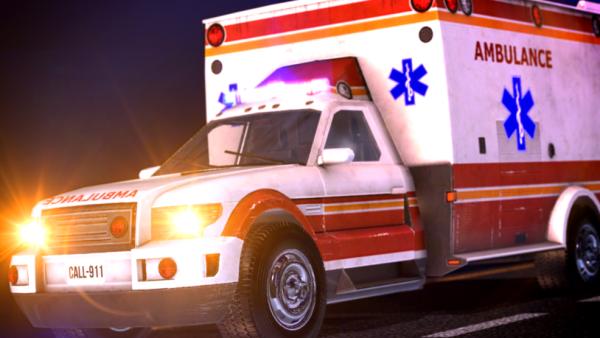When a medical emergency occurs, of course getting to the hospital quickly is critical. Finding transportation is of the utmost importance, and the clock is ticking.
That said, new research indicates that getting an ambulance in all circumstances may not always be the best decision. In fact, it has the potential to be tragic.
While using Emergency Medical Services is absolutely the right move in some situations – heart attacks and breathing constrictions, for example – for others, those involving victims with "penetrating injuries" like gunshot wounds and stabbings, waiting for an ambulance's arrival might be a fatal mistake.
New research published online today in JAMA Surgery from the Johns Hopkins University School of Medicine shows that when those with penetrating injuries were transported by EMS to trauma centers and emergency departments, the chance of death was more than 2.5 times greater than when a private vehicle was used.
The primary reason for this significant difference in survival rates is that with organ damage sustained from knife wounds and bullet holes, there's not much that can be done by EMTs during ambulance transport.
"Unlike CPR and defibrillation for heart attacks," said Dr. Michael W. Wandling, a general surgery resident at the Northwestern University Feinberg School of Medicine and the study's first author, "the type of damage done in penetrating trauma often can't be reversed in a prehospital setting." And because of that, the authors write in their study that the “scoop and run” approach – getting the victim into any vehicle, fast – is far better.
"For certain types of injury, it might be best to call the police, Uber or a cab – however you can get to the trauma center fastest," adds Dr. Elliott Haut, senior author and associate professor of surgery and emergency medicine at the Johns Hopkins.
Consulting data from the American College of Surgeons National Trauma Databank from 2010-2012, pertaining to more than 100,000 patients, all 16 years and older who entered a trauma center with a penetrating injury, the researchers found something remarkable. Of the more than 16,000 of patients transported by private vehicle, 2.2 percent died in the emergency department or before being discharged. As for those arriving by ground-based EMS, the fatality rate was drastically higher: 11.6 percent. After adjusting for risk, the mortality rate differential was 2.5.
The patients in the study were overwhelmingly male (87.6%). As for race, 48% were black, 26% were white and 18% were Hispanic, and that "black and Hispanic patients were more frequently transported by private vehicle than by ground EMS ... while white patients were more frequently transported by ground EMS than by private vehicle."
The authors believe that this study – involving nearly 300 trauma centers from the 100 most populous metropolitan areas in the country – is the first of its kind and thus sheds light on a little-known area.
With the authors' conclusion that, "Private vehicle transport is associated with a significantly lower likelihood of death when compared with ground EMS transport for individuals with gunshot wounds and stab wounds in urban US trauma systems," it appears that taking the initiative to get these victims to the hospital in the quickest way possible can deliver tangible, life-saving results.




